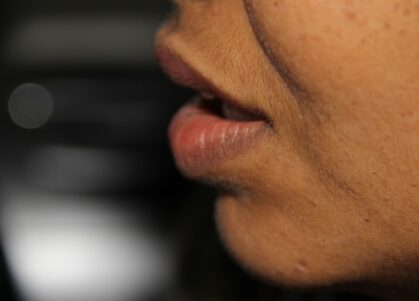Common Types
Any growth in your mouth should be taken seriously. A proportion can be aggressive, damage surrounding bone and tissue, or teeth. There are many types of cyst and tumours, with those below more common:
Types Of Oral Cysts
- Radicular Cysts – Perhaps the most common, which originate from a reaction to tissue dying within the dental pulp.
- Dentigerous Cyst – Quite prevalent and in most cases, appearing around the crown of a tooth which hasn’t broken through.
- Keratocysts – Technically a cyst, which can behave like an odontogenic tumor and regrow if not correctly removed.
- Gingival Cysts – A type of periodontal cyst, which originates in soft tissue, rather than parts of the dental lamina.
- Lateral Periodontal Cysts – A developmental cyst found along the lateral aspect of a tooth root, often in the premolar region.
- Nasopalatine Duct Cysts – Develops in the midline of the anterior palate, near the incisive canal.
Types of Oral Tumours
- Odontomas – A generic name for tumours made from dental tissue, which can look like a tooth and prevent natural growth.
- Ameloblastomas – A tumour which normally arises near the molars, non cancerous but can be invasive and cause damage.
- Squamous Cell Carcinomas (SCC) – The most common oral cancer, linked to smoking, alcohol, and HPV.
- Mucoepidermoid Carcinomas – A malignant salivary gland tumour, commonly affecting the parotid or minor salivary glands.
- Adenoid Cystic Carcinomas – A slow-growing but aggressive salivary gland malignancy with a high risk of perineural invasion.
- Lymphomas – Can present in the oral cavity, particularly in Waldeyer’s ring (tonsils and base of tongue).
- Melanomas – A rare but aggressive pigmented tumour occurring in the oral mucosa.
- Osteosarcomas – A malignant bone tumour that can affect the jaws, leading to swelling and pain.
- Chondrosarcomas – A rare malignant tumour of cartilaginous origin affecting the jaw.
- Metastatic Cancer to the Jaw – Common primary sources include the lung, breast, kidney, and prostate.
Removing Growths
While medication may sometimes be required, surgery is often the most effective solution.
Accurate identification of the growth is essential for a precise diagnosis and supports your consultant’s goal of achieving a lasting cure. Some oral cysts and tumours have the potential to recur if not completely removed.
Our team understands the facial pain that cysts and tumours can cause and prioritises minimising discomfort both during and after treatment.
We take a conservative approach to surgery, focusing on preserving aesthetics and function while ensuring the growth is fully addressed and no longer a concern.

